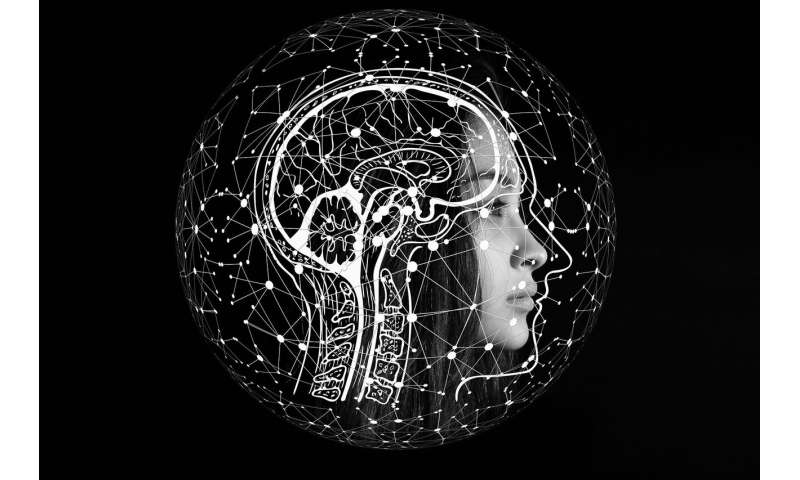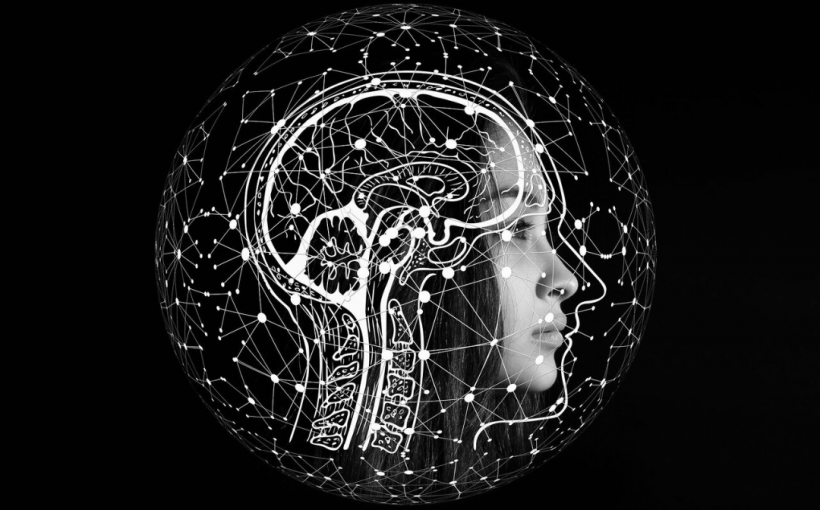
UNIGE researchers demonstrate that our brains do not make decisions based on their inherent value but for what they offer above and beyond other possible propositions.
Our brains are constantly faced with different choices: Should I have a chocolate éclair or macaroon? Should I take the bus or go by car? What should I wear: a woollen sweater or one made of cashmere? When the difference in quality between two choices is great, the choice is made very quickly. But when this difference is negligible, we can get stuck for minutes at a time—or even longer—before we’re capable of making a decision. Why is it so difficult to make up our mind when faced with two or more choices? Is it because our brains are not optimised for taking decisions? In an attempt to answer these questions, neuroscientists from the University of Geneva (UNIGE), Switzerland—in partnership with Harvard Medical School—developed a mathematical model of the optimal choice strategy. They demonstrated that optimal decisions must be based not on the true value of the possible choices but on the difference in value between them. The results, which you can read all about in the journal Nature Neuroscience, show that this decision-making strategy maximises the amount of reward received.
There are two types of decision-making: First, there is perceptual decision-making, which is based on sensory information: Do I have time to cross the road before that car comes nearer? Then there is value-based decision-making, when there is no good or bad decision as such but a choice needs to be made between several proposals: Do I want to eat apples or apricots? When taking value-based decisions, choices are made very quickly if there is a large difference in value between the different proposals. But when the propositions are similar, decision-making becomes very complex even though, in reality, none of the choices is worse than any other. Why is this?
The value of a choice lies in the difference
Satohiro Tajima, a researcher in the Department of Basic Neurosciences in UNIGE’s Faculty of Medicine, designed a simple mathematical model that demonstrates the following: The optimal strategy when faced with two propositions is to sum up the values associated with the memories you have of each choice, then calculate the difference between these two sums (do I have more positive memories linked to chocolate eclairs or macaroons?). The decision is made when this difference reaches a threshold value, fixed in advance, which determines the time taken in making the decision. This model leads to rapid decision-making when the values of the two possibilities are very far apart. But when two choices have almost the same value, we need more time, because we need to draw on more memories so that this difference reaches the decision threshold. Is the same process at work when we have to choose between three or more possibilities?
The average of the values for each choice decides the winner
For each choice, we want to maximise the possible gain in the minimum amount of time. So, how do we proceed? “The first step is exactly the same as when making a binary choice: We amass the memories for each choice so we can estimate their combined value,” explains Alexandre Pouget, a professor in the Department of Basic Neurosciences at UNIGE. Then, using a mathematical model based on the theory of optimal stochastic control, instead of looking at the cumulative value associated with each choice independently, the decision rests on the difference between the cumulative value of each choice and the average value of the accumulated values over all the choices. As in the earlier case, the decision is made when one of these differences reaches a pre-determined threshold value. “The fact that the decision is based on the cumulative value minus the average of the values of all the possibilities explains why the choices interfere with each other, even when some differences are glaring,” continues professor Pouget.
If the different possible choices have similar values, the average will be almost identical to the value of each choice, resulting in a very lengthy decision-making time. “Making a simple choice can take 300 milliseconds but a complicated choice sometimes lasts a lifetime,” notes the Geneva-based researcher.
The UNIGE study shows that the brain does not make decisions according to the value of each opportunity but based on the difference between them. “This highlights the importance of the feeling of having to maximise the possible gains that can be obtained,” says professor Pouget. The neuroscientists will now focus on how the brain revisits memory to call on the memories associated with every possible choice, and how it simulates information when faced with the unknown and when it cannot make a decision based on memories.
Source: University of Geneva


